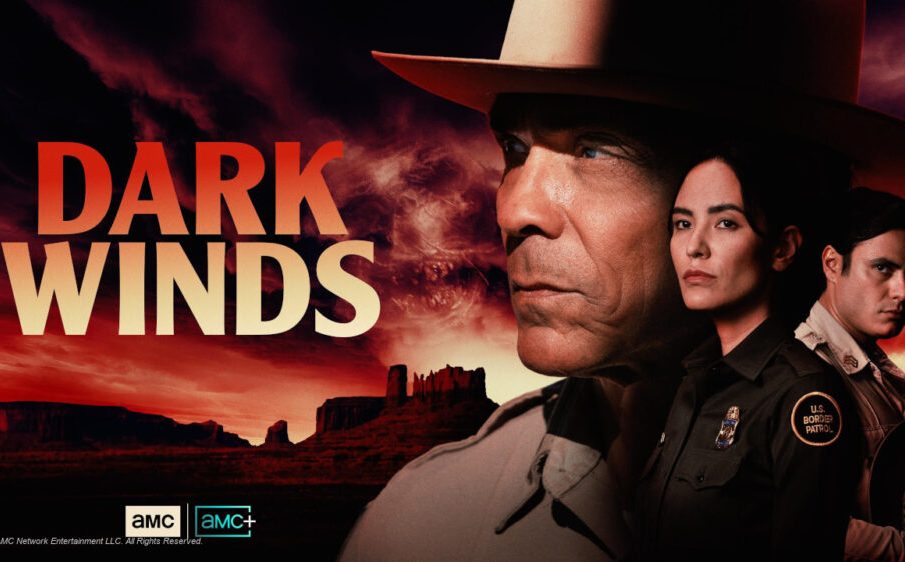Exploring Dark Winds: A New Landmark in Native American Storytelling

Introduction
In recent years, there has been a growing interest in stories that reflect Native American experiences, shedding light on their rich cultures and struggles. The recent television series Dark Winds, based on the works of renowned author Tony Hillerman, is a significant addition to this movement, emphasizing the importance of Indigenous narratives in mainstream media. Premiering in June 2022 on AMC+, the series has captured audiences with its blend of mystery and cultural depth, making it a pivotal moment for Native American storytelling.
Background and Plot
Dark Winds is set in the 1970s and follows two Navajo police officers, Joe Leaphorn and Jim Chee, as they investigate a series of crimes that lead them into a confrontation with the supernatural. The show intricately weaves together threads of Indigenous culture, the complexities of law enforcement on a reservation, and the impact of colonialism. The atmospheric cinematography of the New Mexico landscape adds to the series’ immersive quality, making the setting a character in its own right.
Significance in Native Representation
A hallmark of Dark Winds is its commitment to authentic representation. The series showcases a predominantly Indigenous cast and crew, including the involvement of Indigenous writers and directors. This endeavor is crucial in a media landscape where Native stories have often been told through a non-Indigenous lens. With the success of the series, it is hoped that more platforms will emerge that prioritize Indigenous voices and storytelling.
Critical Reception and Impact
Critically, Dark Winds has been well-received, with praise for its compelling narrative, character development, and commitment to Indigenous authenticity. Reviewers note that the show not only entertains but also educates viewers about Navajo culture and traditions, sparking curiosity and awareness about Native American issues. Such reception indicates a broader appetite for diverse storytelling that challenges stereotypes and opens discussions about the Indigenous experience.
Conclusion
The emergence of Dark Winds marks a significant step forward in the portrayal of Native American characters and stories in popular culture. As audiences engage with this groundbreaking series, it encourages further exploration and appreciation of Indigenous perspectives. Looking ahead, the success of Dark Winds sets a precedent for future projects, suggesting that there is a substantial market for authentic Native content. This transition towards inclusivity in storytelling reflects a critical shift that could influence the entertainment industry for years to come.









